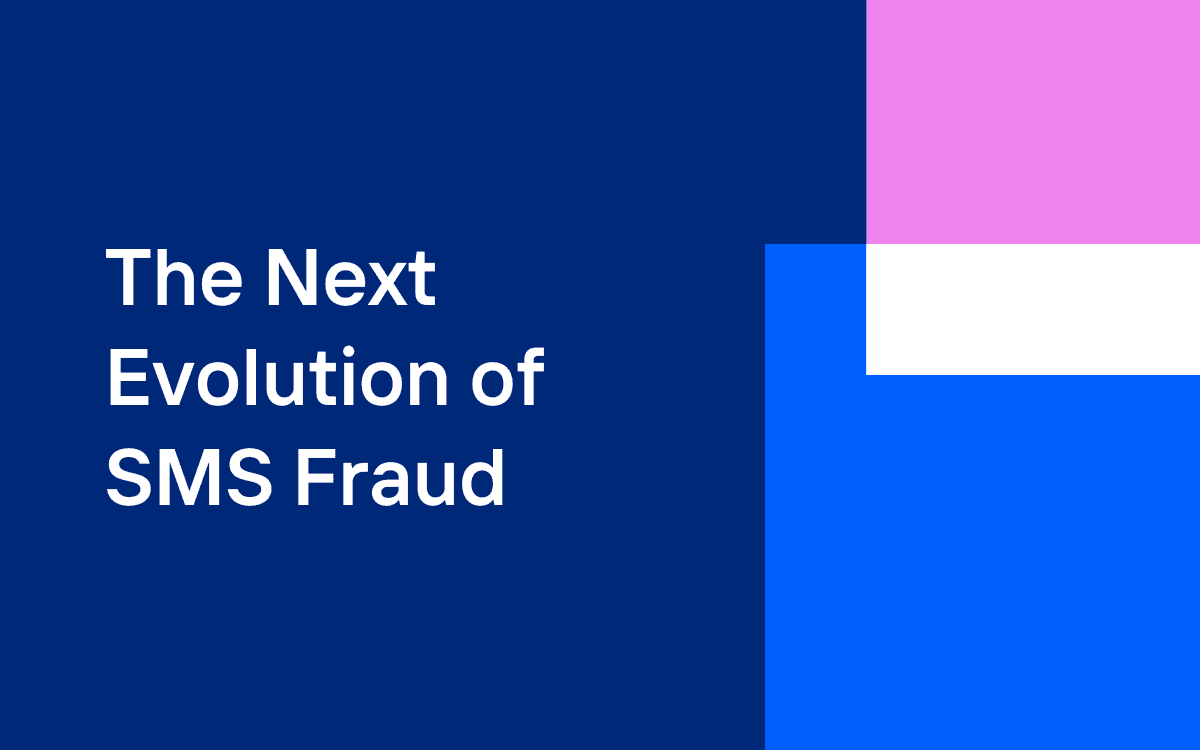Automated attacks evolve rapidly. Most defenses can’t keep up.
Kasada’s unmatched understanding of the human minds behind the bots results in protection that’s quick to evolve, difficult to evade, and invisible to customers.
Traditional bot management is broken
With traditional
tools, you get:
With Kasada, attacks on your revenue, customers, and brand are defeated seamlessly–saving you time, resources, and money.
The Kasada Way:
Protect your customers and your revenue
$200K
Daily savings in chargeback fees by stopping carding attacks
4%
Increase in online conversions by eliminating checkout CAPTCHA
$1MM
Monthly reduction in account verification and SMS costs
We eliminate threats at the intersection of
We eliminate threats at the intersection of tech & people
tech
&
people
Transcend bot management with invisible defenses that adapt to frustrate attackers — not your customers. Nothing for you to manage. Enduring protection that actually lasts.


We battle the bots so
you can grow your business
Brands make the switch to Kasada — and stay
“From the moment we switched on the platform, there was immediate feedback on the number of page requests that were bot-driven. And I can tell you Kasada neutralized them from the very first page-load request. This has enabled us to provide a secure customer experience without the added friction normally found in other solutions.”
Phil Hawkins
CEO, flybuys
“At Hyatt we care deeply about what we’re delivering to our guests. It’s at the core of our purpose. That positive experience has to start from the very first contact, and for most people, Hyatt’s digital platforms are the first touchpoint. Companies that pride themselves on customer experience have to be looking for the best technical solutions on the market — and that is what we found in Kasada.”
Benjamin Weiss
Director, Product Management, In-Stay Portfolio and World of Hyatt App, Hyatt




